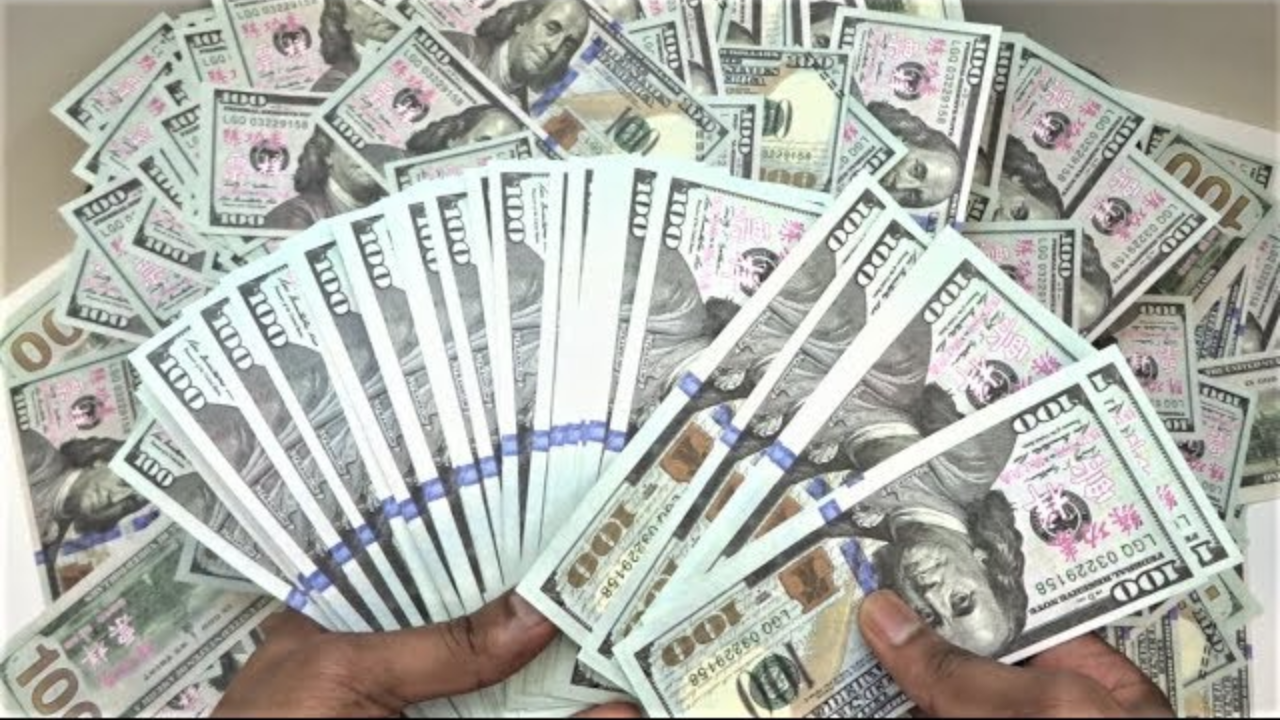
By: Payel
Published on: Jun 10, 2025
Pound Pauses After Reaching 2022 High vs Dollar: What’s Next for Currency and Commodities?
As of early June 2025, the financial landscape remains tense yet dynamic. The British pound (GBP) recently touched its strongest level against the US dollar since 2022 before pulling back slightly. This notable surge has sparked interest across global markets as analysts dissect the reasons behind the move and consider future implications.
In addition to currency fluctuations, investors are closely watching the movements in gold and oil, two critical commodities that often mirror market sentiment and economic expectations. Here's a deep dive into the factors driving the pound’s rally, gold’s resilience amid geopolitical tension, and oil’s struggle under oversupply concerns.
On Friday, June 6, the British pound slipped by 0.3% during European trading hours to hover near $1.354 against the US dollar. However, this minor retracement comes after the pound reached a two-year high earlier in the week.
According to financial strategists, the pound’s impressive gains have more to do with weakness in the US dollar than standalone sterling strength.
“Domestic factors have also been supportive of sterling,” says Matthew Ryan, head of market strategy at Ebury. “This week’s revised UK Purchasing Managers’ Index (PMI) figures were a pleasant surprise, with the composite index rising to 50.3 in May, up from the earlier estimate of 49.4. Crossing above the key 50 mark signals expansion in the UK economy.”
This bullish sentiment for sterling is bolstered by optimism that the UK can withstand the effects of mounting global trade tensions, particularly those stemming from the renewed tariff battle initiated by former U.S. President Donald Trump. Moreover, with UK inflation running above the Bank of England’s 2% target, expectations for tighter monetary policy may further support the pound in the near term.
Despite the pound’s rise, the U.S. dollar index (DXY), which measures the greenback against a basket of other major currencies, inched up by 0.2%. However, analysts caution that this uptick may be temporary given the broader backdrop of political volatility and mixed economic signals in the U.S.
Tensions surrounding Trump’s new trade policies and the contentious feud with high-profile figures like Elon Musk have injected a layer of uncertainty into markets. Investors are cautious, which has traditionally benefitted the dollar, but prolonged conflict could weaken overall confidence in U.S. fiscal direction.
The euro traded nearly flat against the British pound following an interest rate cut by the European Central Bank (ECB). The ECB lowered its benchmark deposit rate by 25 basis points to 2% — the eighth cut in a year — in a move designed to counteract sluggish economic growth across the Eurozone, exacerbated by Trump's tariffs.
This reduction from 2.25% was anticipated, and markets reacted with minimal volatility. However, it reflects the broader challenges facing the bloc, including subdued manufacturing output and weak demand across member states.
Gold continues its ascent as a preferred safe-haven asset amid global uncertainty. Spot prices rose 0.4% to $3,364, while gold futures increased by 0.3% to settle near $3,384.
Interestingly, this uptick in gold prices occurred alongside a strengthening dollar, defying the usual inverse relationship between the two. The catalyst? Persistent geopolitical instability.
“There is considerable geopolitical uncertainty with Russia-Ukraine, Iran, Syria, and China all in focus,” says Daniel Pavilonis, senior market strategist at RJO Futures. “Although gold may not surge sharply, the upside remains intact due to these lingering concerns.”
Furthermore, traders holding currencies other than the dollar have found gold increasingly attractive as the dollar’s recent slide has made it cheaper in relative terms.
Oil markets remained under pressure on June 6. Brent crude futures declined 0.3% to $64.59 per barrel, while West Texas Intermediate (WTI) fell by the same margin to $63.18 per barrel.
The weakness stems largely from concerns around oversupply and the state of global demand. Saudi Arabia, the world’s leading oil exporter, has slashed prices for Asian buyers in response to sluggish demand and elevated inventory levels. This move comes shortly after OPEC+ announced plans to boost production next month.
Despite efforts to stabilize markets through strategic supply adjustments, analysts worry that the supply-demand imbalance could persist. The price cut is interpreted as a signal of weaker-than-expected economic growth in Asia — a region critical to global oil consumption.
Looking ahead, the British pound could remain on solid footing if UK economic data continues to surprise on the upside and inflation stays stubbornly high. A robust job market and resilient consumer demand could prompt the Bank of England to delay any potential rate cuts, which would further support sterling.
Meanwhile, the U.S. dollar’s trajectory may be hampered by rising political uncertainty and erratic trade policy announcements from former President Trump. The coming weeks will be crucial in determining whether the recent pound rally is sustainable or a short-lived reaction to dollar weakness.
The financial landscape on June 6, 2025, offers a complex tapestry of interwoven narratives — a pound surging on relative strength and solid domestic performance, a dollar walking a tightrope of political risk, gold climbing on fear and uncertainty, and oil sagging under the weight of oversupply.
For traders, investors, and policymakers, the next few weeks could prove decisive. Monitoring central bank moves, inflation data, and geopolitical shifts will be essential for anticipating the direction of major currencies and commodities.
Comments
No comments yet. Be the first to comment!
Leave a Comment